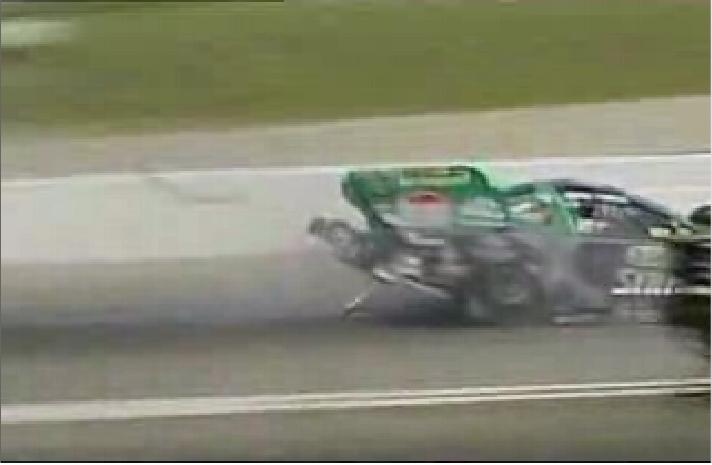For those of you who are interested here is the technical properties of chrom moly tube. I have also added the definitions of the terminolgy.
Aircraft Alloy Structural Tubing ie: 4130 , MIL-T-6736
Available in two specifications
4130N condition N (normalized)
Min Tensile Strength = psi 95,000
Min Yield Point = psi 75,000
Elongation in 2" = 12%
4130HT condition HT-125 (heat treated)
Min Tensile Strength = psi 125,000
Min Yield Point = psi 100,000
Elongation in 2" = 12%
Here is a brief explanation of terminology.
Tensile Strength - In tensile testing is the ratio of maximum load to original cross-sectional area.
The maximum conventional stress, tensile, compressive or shear, that a material can withstand.
Yield Strength - The stress at which a material exhibits a specified deviation from proportionality of stress and strain.
Elongation - In tensile testing, the increase in the gage length, measured after fracture of the specimen within the gage length, usually expressed as a percentage of the original gage length.
Other factors which way in on metal fabrication of buildings, bridges, aircraft, race cars, etc.
Cyclical Loading - creating a fatigued structure
Heat affected Zone - The portion of the base metal which was not melted during welding, but whose microstructure and physical properties were altered by the heat.
Hydrogen Embrittlement - A condition of low ductility in metals resulting from the absorbtion of hydrogen.
Ductility - The ability of a material to deform plastically without fracturing, ie:elongation test.
SFI Foundation website
SFI Web Site
What I am wondering is there any actual design load criteria set forth in the formulation of the requirements for chassis design?
I have a feeling it is just "seat of the pants" design.
In reviewing the SFI chassis design documents I have never seen any actual design loads given.
In other arenas such as buildings, bridges, aircraft there is always a registered professional engineer who takes responsibilty for the design. Commonly designated as the Engineer of Record.
Denny J.

